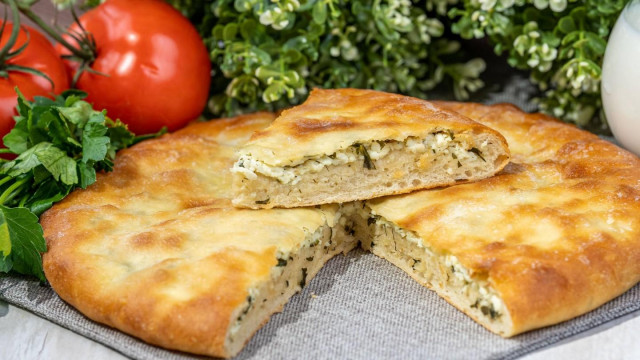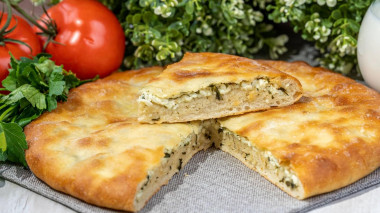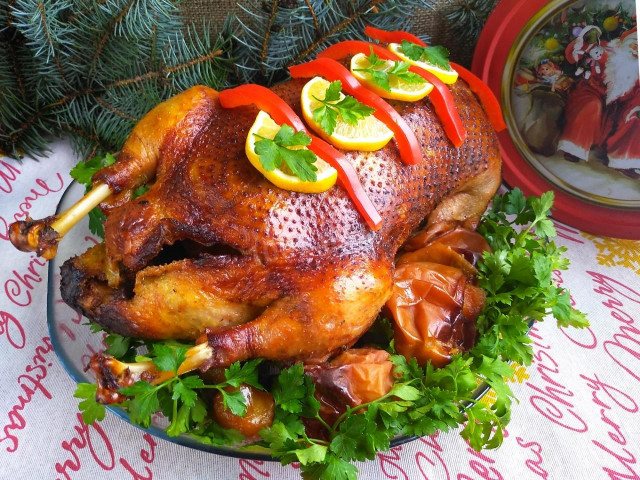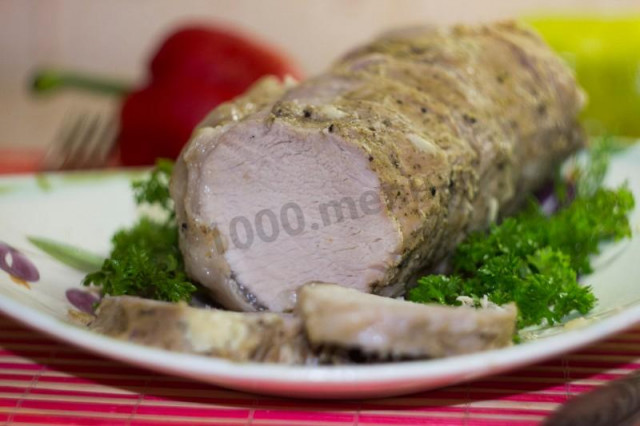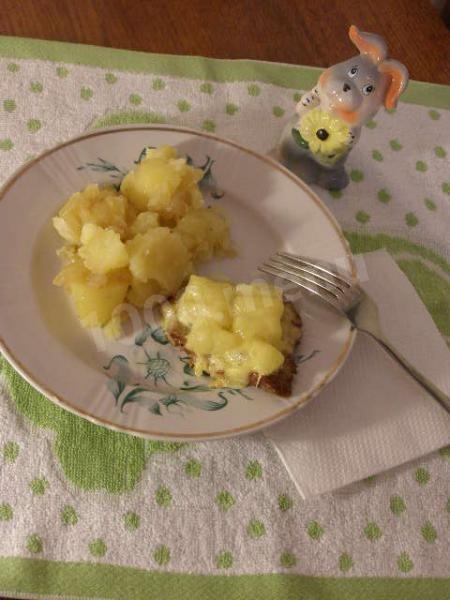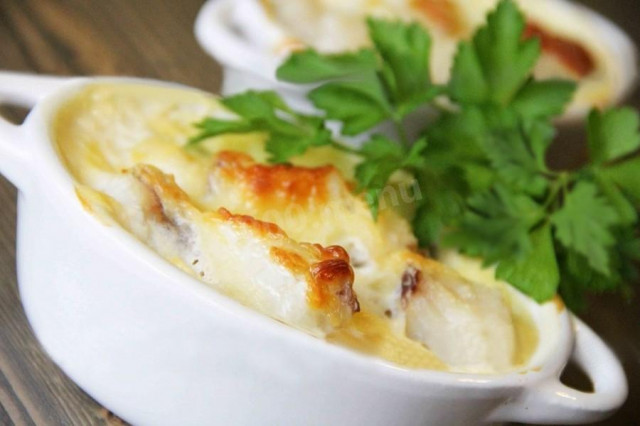Composition / ingredients
Step-by-step cooking
Step 1:
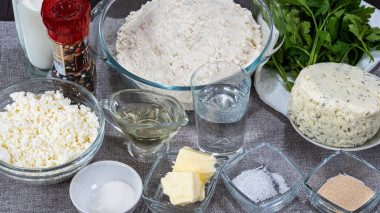
How to make an Ossetian cheese pie on kefir? First of all, we prepare the necessary products for making a delicious pie.
Step 2:
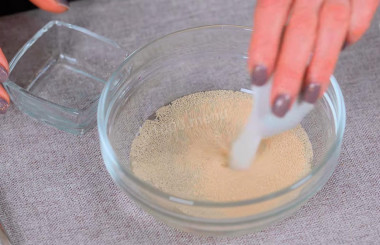
To prepare the sourdough, take a small bowl and pour into it one hundred milliliters of warm boiled water, then pour into it one teaspoon of dry fast-acting yeast and one tablespoon of sugar.
Step 3:
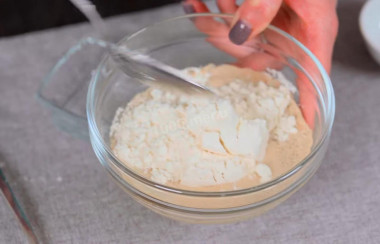
Put two tablespoons of premium wheat flour in a bowl from the total mass.
Step 4:
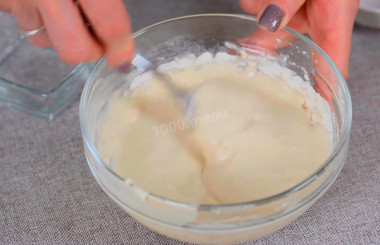
Mix all the ingredients in the bowl well together, then put the bowl in a warm place to activate the yeast for fifteen minutes.
Step 5:
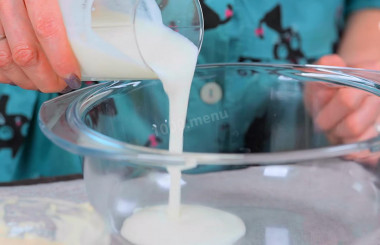
Pour two hundred milliliters of kefir at room temperature into a volumetric bowl.
Step 6:
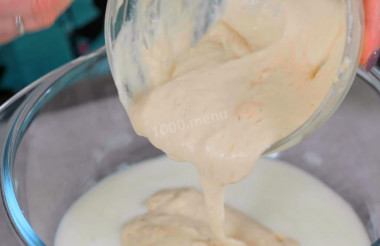
Pour the activated yeast into a bowl with kefir and mix all the ingredients well together.
Step 7:
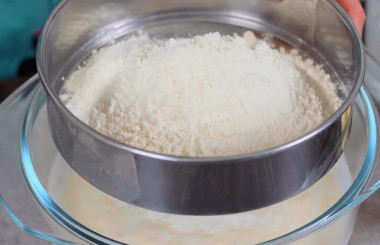
Take a fine sieve and sift three hundred and fifty grams of premium wheat flour into a bowl with a liquid base. Please note that you may take more or less flour than I do. Be guided by the consistency of the dough.
Step 8:
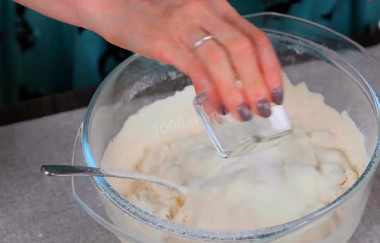
Add one third of a teaspoon of salt to a common bowl.
Step 9:
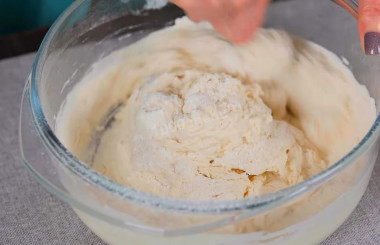
Mix all the ingredients together in a bowl and knead the dough.
Step 10:
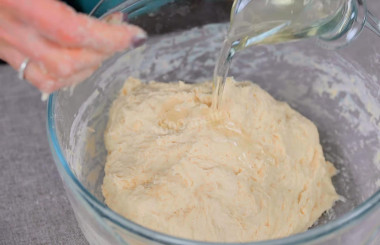
Knead the dough in a bowl with your hands for five minutes, then add two tablespoons of vegetable oil to the bowl with the dough.
Step 11:
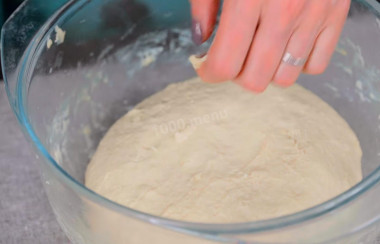
Continue to knead the dough in the bowl until smooth, then cover the bowl with a napkin and put it in a warm place for one hour.
Step 12:
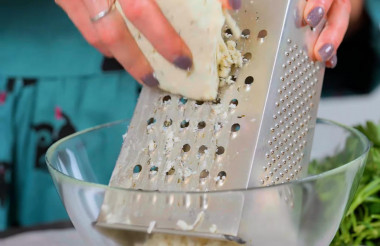
Take a large grater and rub four hundred grams of Adyghe cheese into a deep bowl, which can be replaced with cheese or suluguni.
Step 13:
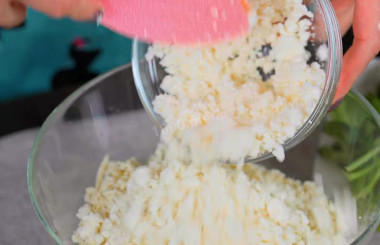
Put one hundred and fifty grams of cottage cheese in a bowl with grated cheese and mix well together.
Step 14:
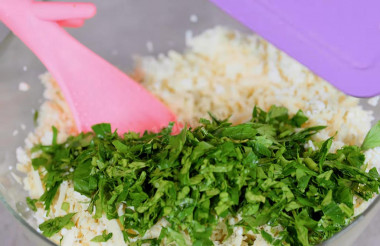
Chop and chop the parsley greens quite finely to taste, which then put in a bowl with cheese and cottage cheese, then add a mixture of black and red peppers to taste.
Step 15:
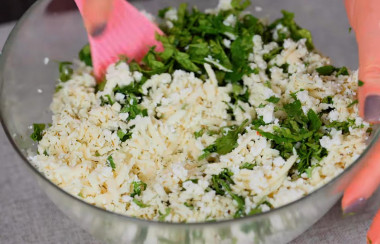
Mix all the ingredients in a bowl well together and the pie filling is ready.
Step 16:
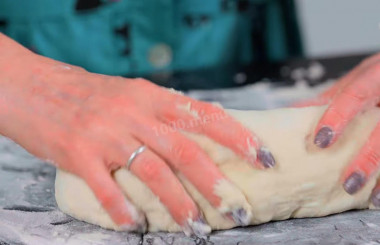
After a while, pour some wheat flour on the table and spread the dough, which is then collected and formed.
Step 17:
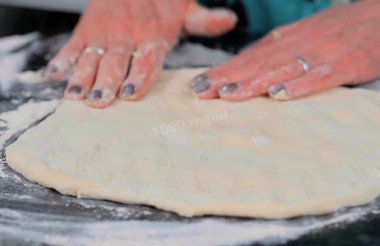
Divide the formed dough into two parts, which are then alternately kneaded with your hands to tortillas about one centimeter thick.
Step 18:
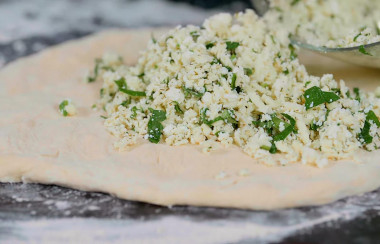
Spread the same amount of cooked filling on each tortilla.
Step 19:
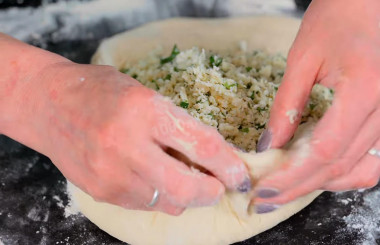
Slightly pulling collect the edges of the cakes with filling.
Step 20:
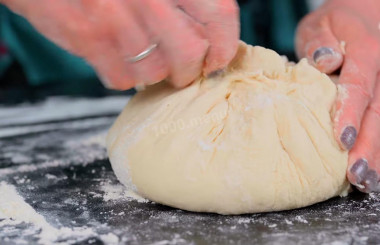
Glue the edges of the cakes with filling well and form pies.
Step 21:
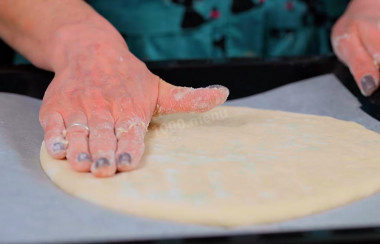
Spread the formed pies seam down on a baking sheet, which cover with baking paper and gently stretch the cakes from the middle to the edges.
Step 22:
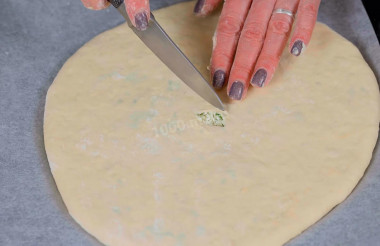
Make a small hole in the middle of each tortilla with a diameter of about one centimeter, then put the baking sheet in a preheated oven to two hundred degrees and bake the pies for fifteen to twenty minutes until golden. Determine the exact time and temperature of baking according to your oven.
Step 23:
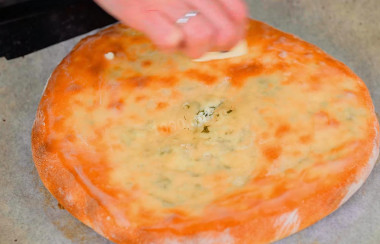
Remove the baking sheet from the oven and grease the pies on top with butter to taste.
Step 24:
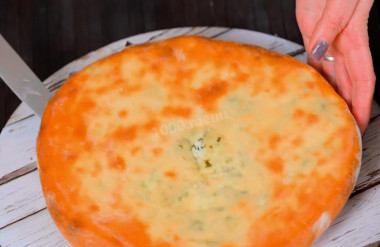
Put the cooked Ossetian pies on plates and serve them to the table.
Step 25:
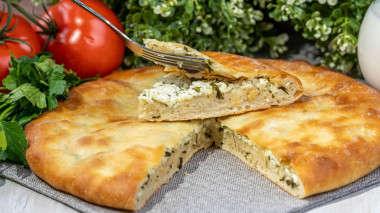
Cooking together, cooking simply, cooking at home the most delicious dishes from available products according to our recipes! Bon appetit and a hearty tea party for everyone!
A fairly simple recipe for making Ossetian cake on kefir with cheese and herbs for tea for a large family, even for breakfast or dinner! Wonderful and quick to prepare homemade cakes with pickled cheese, cottage cheese and herbs on ordinary kefir in Ossetian, which will surely please your guests, relatives and friends. Enjoy your appetite!
Be prepared for the fact that you may need more or less flour than indicated in the recipe. Focus not on the amount of flour, but on the desired consistency of the dough. To avoid mistakes, read about flour and its properties!
The liquid in which yeast is bred should be pleasant to the touch, no higher than 40 degrees. Why is this important? In a warm environment, yeast is well activated, in a hot one it will die, and in a cold one it simply will not work. To avoid unpleasant surprises, check the yeast before mixing with the rest of the ingredients. Pour a little warm milk into a bowl, stir in the yeast. Cover the bowl with a kitchen towel and put it in a warm place without drafts for 10-15 minutes. During this time, a foam yeast cap should appear on the surface of the sponge. If this did not happen, then the fermentation process has not started (the yeast is overdue or spoiled). In this case, it is worth taking other yeast, otherwise baking will not work.
Keep in mind that everyone's ovens are different. The temperature and cooking time may differ from those specified in the recipe. To make any baked dish successful, use useful information about the features of ovens !
Caloric content of the products possible in the composition of the dish
- Cottage cheese of 40% fat content - 466 kcal/100g
- Cottage cheese of 20% fat content - 233 kcal/100g
- Cottage cheese of 18% fat content - 226 kcal/100g
- Cottage cheese of 10% fat content - 156 kcal/100g
- Low-fat cottage cheese - 75 kcal/100g
- Cottage cheese with sour cream - 260 kcal/100g
- Fruit cottage cheese - 147 kcal/100g
- Soft dietary cottage cheese - 170 kcal/100g
- Vitalinia cottage cheese - 64 kcal/100g
- Cottage cheese "morning" ( "danone") without sugar - 91 kcal/100g
- Cottage cheese - 156 kcal/100g
- Parsley greens - 45 kcal/100g
- Granulated sugar - 398 kcal/100g
- Sugar - 398 kcal/100g
- Kefir fat - 62 kcal/100g
- Kefir of 1% fat content - 38 kcal/100g
- Low-fat kefir - 30 kcal/100g
- Kefir "doctor beefy" 1,8% fat content - 45 kcal/100g
- Kefir 2.5% fat content - 53 kcal/100g
- Butter 82% - 734 kcal/100g
- Amateur unsalted butter - 709 kcal/100g
- Unsalted peasant butter - 661 kcal/100g
- Peasant salted butter - 652 kcal/100g
- Melted butter - 869 kcal/100g
- Vegetable oil - 873 kcal/100g
- Salt - 0 kcal/100g
- Water - 0 kcal/100g
- Wheat flour - 325 kcal/100g
- Dry yeast - 410 kcal/100g
- Ground pepper mixture - 255 kcal/100g
- Adyghe cheese - 240 kcal/100g

